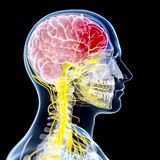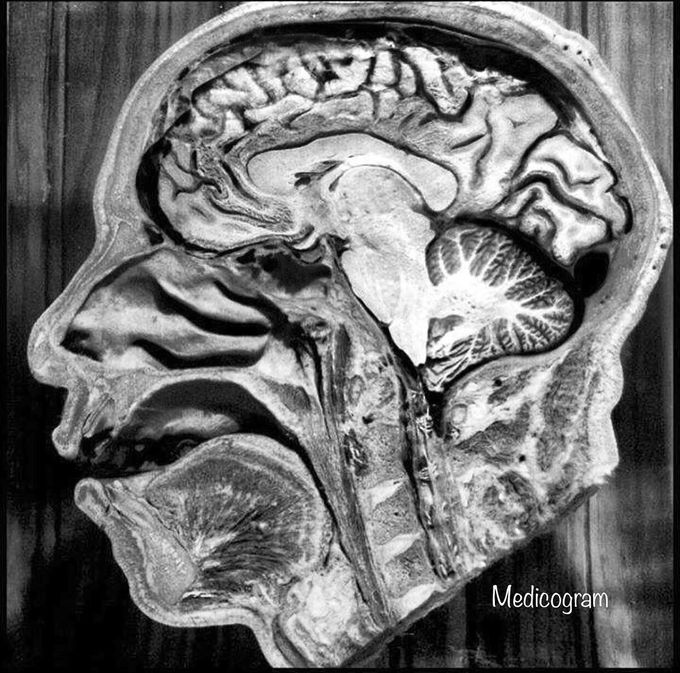

Medicogramabout 1 year ago

Cross-section of the human head
Photographs like these are incredibly valuable and helpful for understanding our anatomy. In this cross-section of the human head you can see how no space is wasted in our whole head. Everything has its place and function. The only spaces are the nasal cavities and cerebral sinuses, which are essential in their functions as well. We should all respect the ingenuity and the fragile equilibrium of our body's state of health and do our best to maintain it and prevent sickness and disease!
Other commentsSign in to post comments. You don't have an account? Sign up now!

